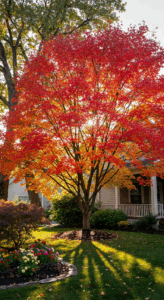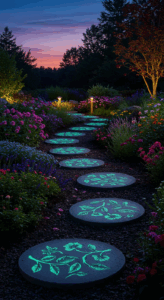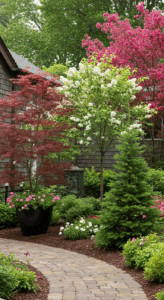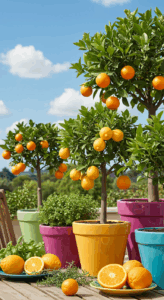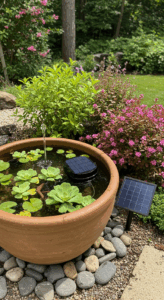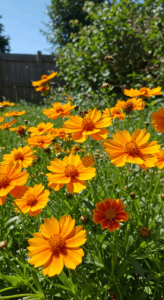1. Vertical Wonders: Maximizing Space with Stacked Gardens
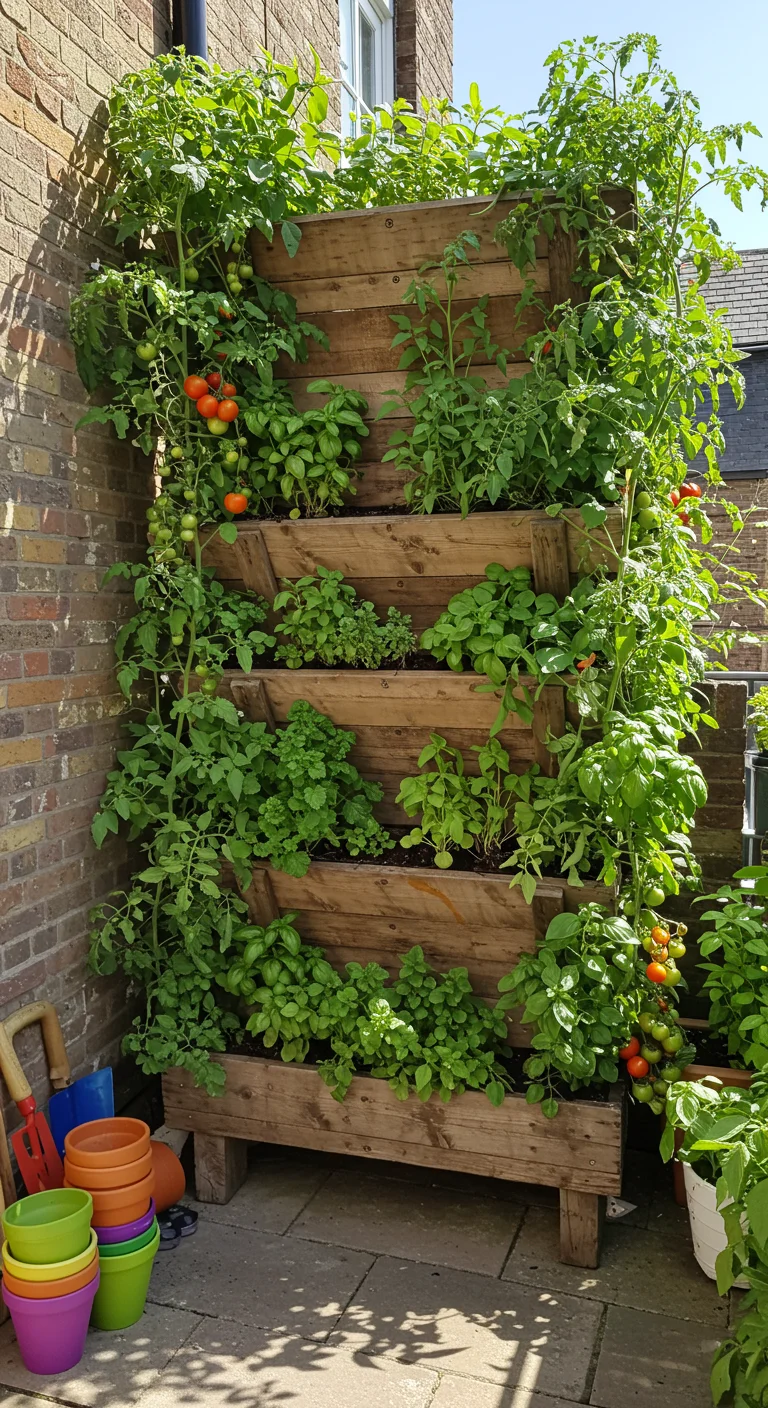
Vertical gardening is an innovative solution for maximizing space in small vegetable gardens, allowing you to grow a variety of plants in limited areas. Stacked gardens involve using vertical structures such as shelves, trellises, or even repurposed pallets to create layers of growth. By planting climbing vegetables like tomatoes, cucumbers, or beans, you can utilize vertical space effectively, while herbs and leafy greens can thrive in smaller pots or planters stacked on top of each other. This not only enhances the aesthetic appeal of your garden but also improves air circulation and sunlight exposure for each plant. Furthermore, vertical gardens can reduce pests and diseases by minimizing ground contact, making them a practical choice for urban gardeners seeking to maximize yield in confined spaces.
2. Container Gardening: Stylish Solutions for Small Spaces
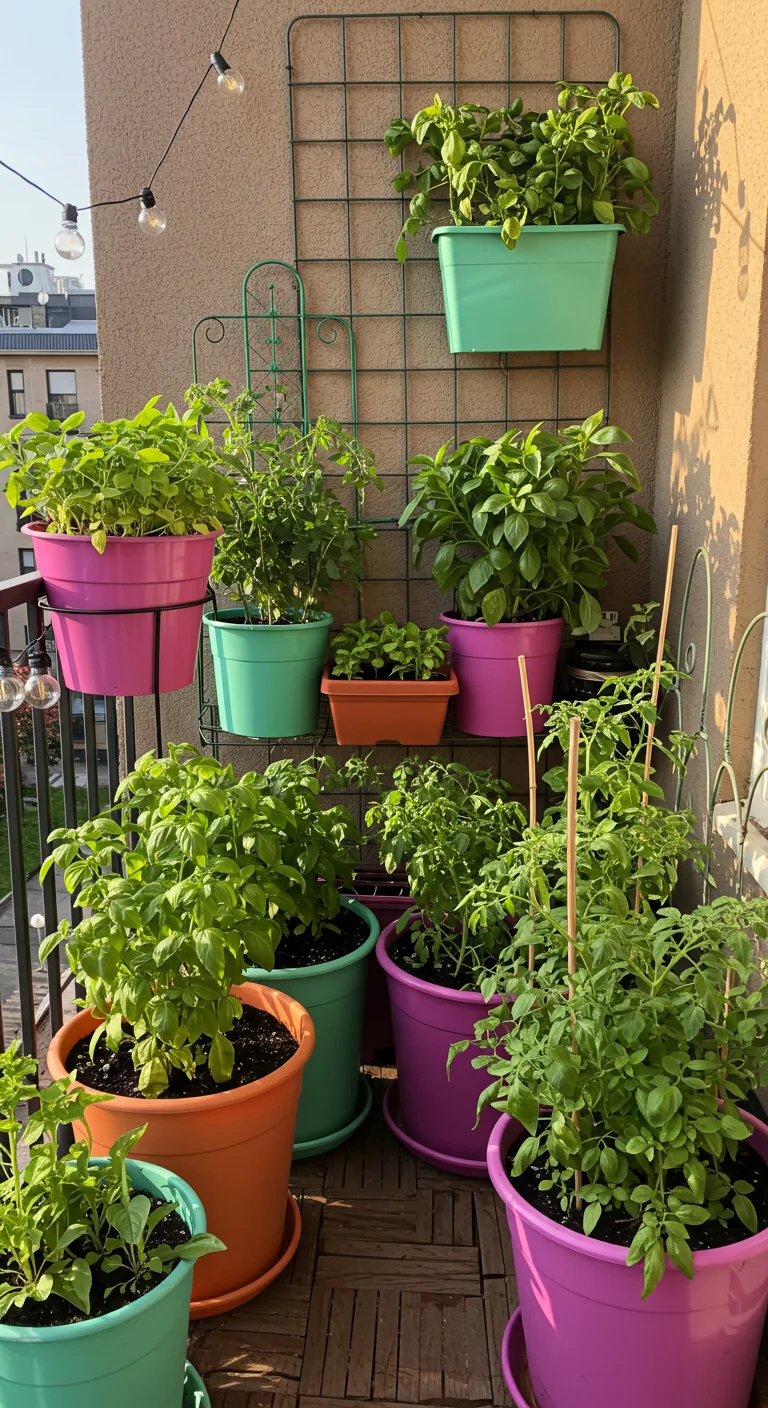
Container gardening is an innovative and stylish solution for those with limited space who still want to grow their own vegetables. Utilizing pots, troughs, and vertical planters, you can create a vibrant green space even on a small balcony or patio. Choose lightweight, durable containers that complement your home’s aesthetic, and opt for a mix of sizes and shapes to add visual interest. Herbs like basil and mint thrive in containers, while cherry tomatoes and peppers can flourish in larger pots. Remember to use quality potting soil and ensure proper drainage to keep your plants healthy. With a little creativity, you can design a beautiful, functional garden that showcases your personal style while providing fresh produce right at your fingertips.
3. Raised Beds: Elevate Your Harvest with Design and Function
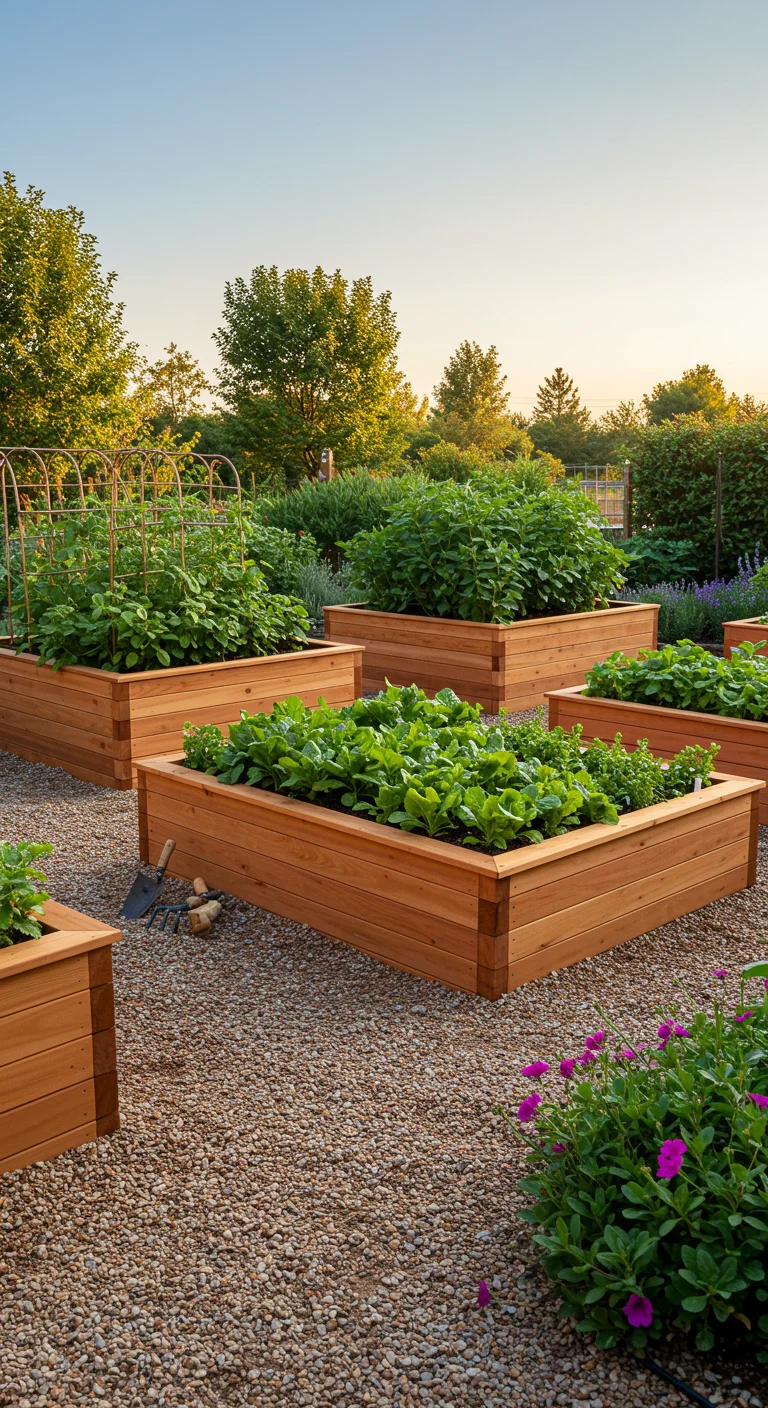
Raised beds are an excellent way to maximize space and enhance soil quality in small vegetable gardens. By elevating your plants, you improve drainage, reduce soil compaction, and make it easier to maintain the garden without bending down too much. Choose materials such as cedar or recycled composite to build your beds, and consider a design that incorporates varying heights for visual interest and easier access. Fill the beds with a mix of quality soil and compost to create a nutrient-rich environment for your vegetables. You can also integrate paths between beds for easy access and add a border of flowers to attract pollinators, ensuring a thriving garden ecosystem. With thoughtful design, raised beds can be both functional and aesthetically pleasing, making your gardening experience more enjoyable and productive.
4. Spiral Gardens: A Whirlwind of Vegetables and Aesthetics
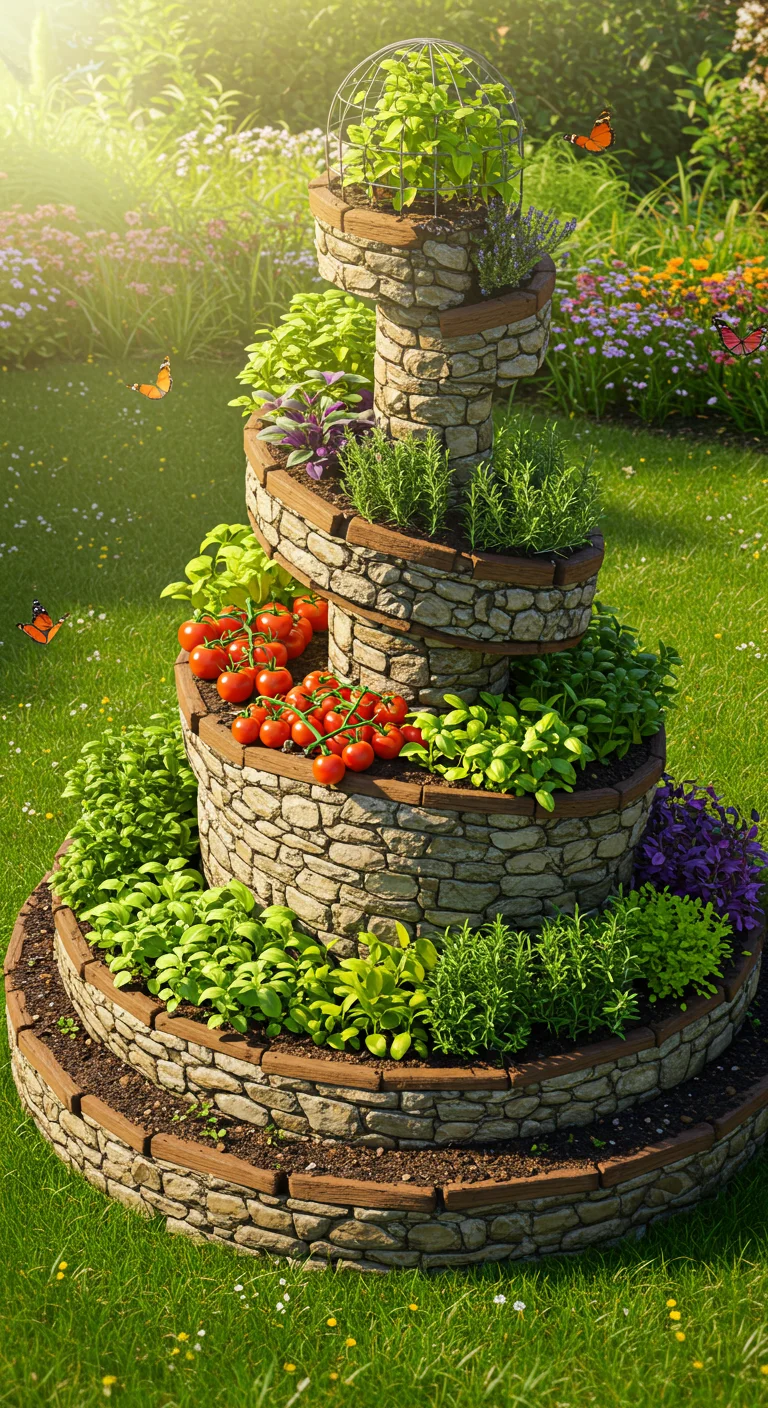
Spiral gardens are an innovative way to maximize vertical space while creating a visually stunning centerpiece for your vegetable garden. Constructed in a spiral shape, these gardens allow for various plants to thrive in their respective microclimates, with the top section being sunnier and the lower areas retaining more moisture. Utilizing different soil types and planting techniques, you can grow a diverse range of vegetables, herbs, and even flowers in a compact area. This design not only promotes biodiversity but also makes it easier to access the plants for maintenance and harvesting. Incorporating materials like stone, brick, or wood adds to the aesthetic appeal, turning your spiral garden into a delightful focal point in your outdoor space.
5. Herb Spiral: A Culinary Oasis in a Compact Design
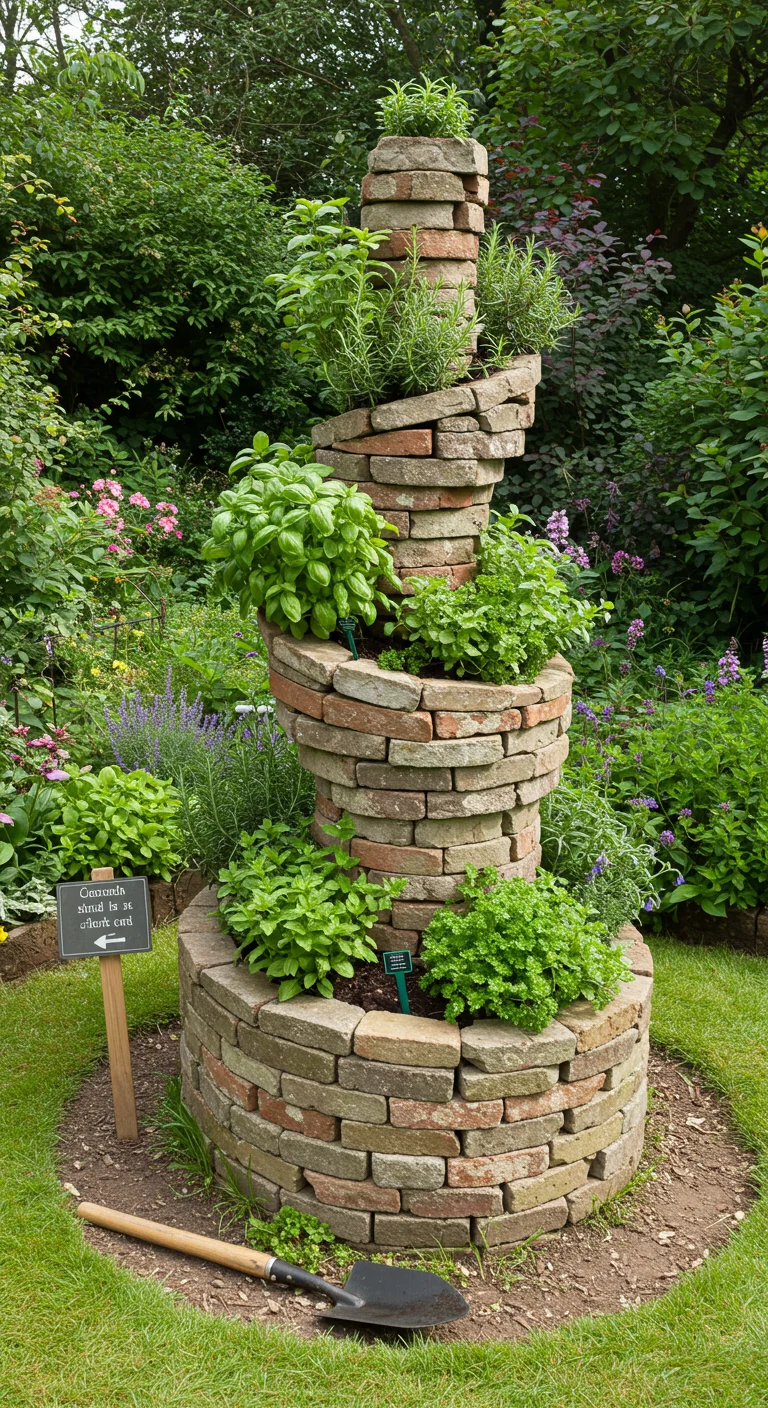
The herb spiral is a brilliant design that combines aesthetics and functionality, making it perfect for small vegetable gardens. Shaped like a spiral, this vertical garden allows you to cultivate a variety of herbs in a compact space while optimizing sunlight and drainage. The design features different micro-climates, accommodating diverse plants with varying water and light needs. For example, the top of the spiral receives maximum sunlight, ideal for sun-loving herbs like basil and rosemary, while the lower sections are cooler and perfect for moisture-loving herbs like mint and parsley. Incorporating a herb spiral not only maximizes your gardening space but also creates an eye-catching centerpiece that enhances your culinary experience right at home, allowing easy access to fresh ingredients for your meals.
6. Pallet Gardens: Recycling with a Green Thumb
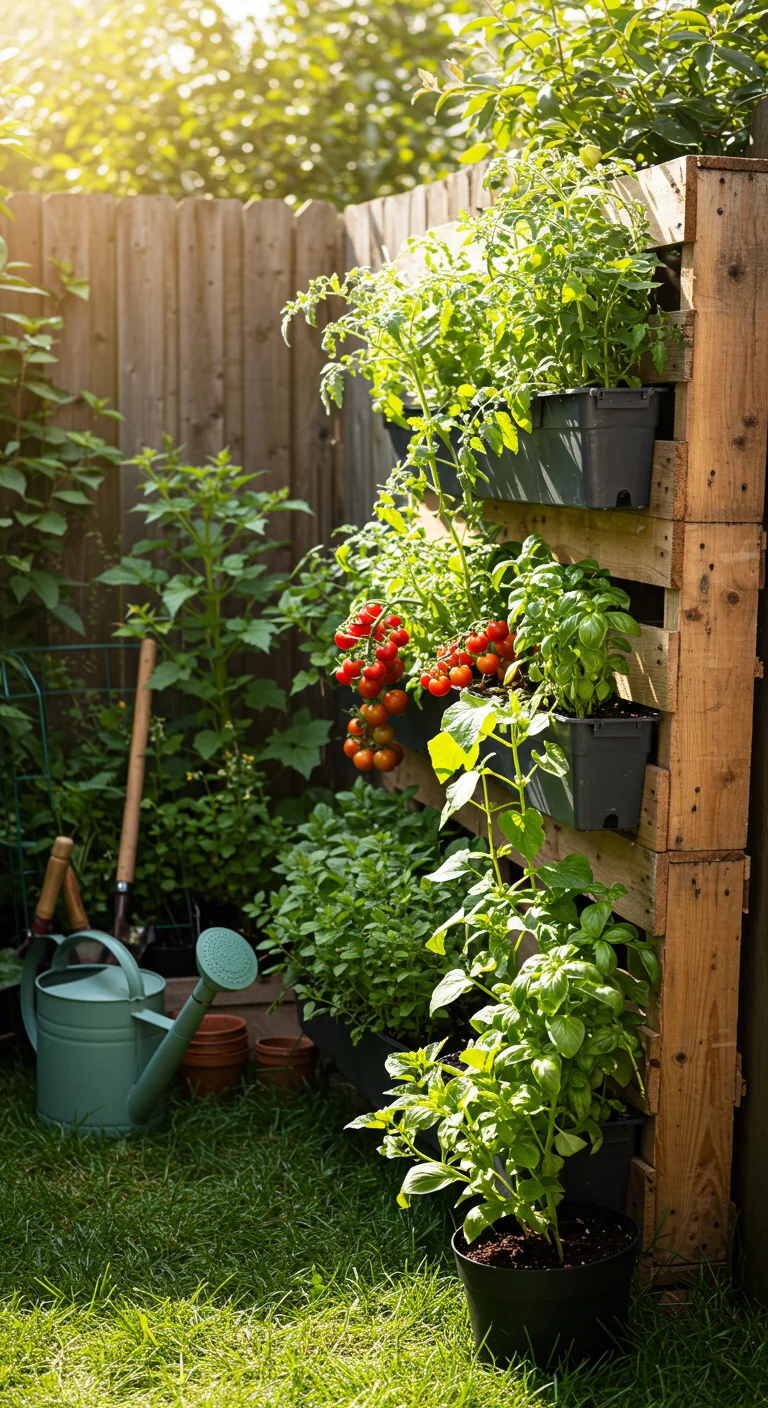
Pallet gardens are an innovative and eco-friendly way to create a small vegetable garden, perfect for those with limited space. By repurposing wooden pallets, you can construct vertical planters that not only save ground space but also add a unique aesthetic to your garden. Simply line the pallet with landscape fabric, fill it with soil, and choose your favorite vegetables or herbs to plant. Consider using trailing plants like cherry tomatoes or cucumbers for added visual interest. This method requires minimal materials and can be assembled quickly, making it ideal for urban gardeners or beginners. Additionally, pallet gardens encourage vertical growth, allowing you to maximize your yield in a compact area while recycling materials that would otherwise go to waste.
7. Themed Gardens: Creating a Culinary Journey in Your Backyard
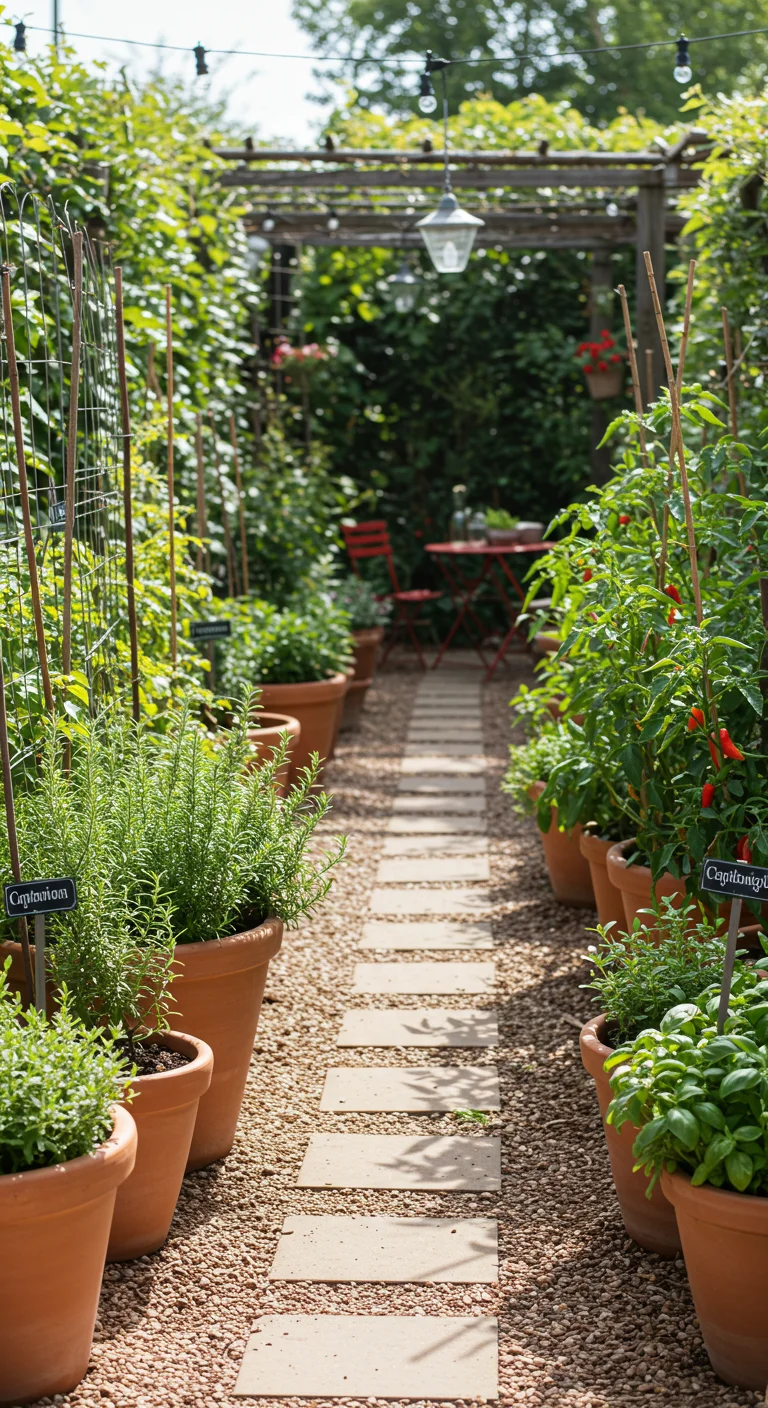
Themed gardens are a delightful way to transform your small vegetable patch into a culinary adventure. Consider creating a Mediterranean garden with sun-drenched herbs like rosemary, thyme, and basil, paired with tomatoes and peppers. Alternatively, a salsa garden can feature vibrant tomatoes, cilantro, and jalapeños, all arranged in a visually appealing layout. Each theme can be complemented by decorative elements such as terracotta pots, rustic wooden trellises, or colorful signage that highlights the purpose of each section. Incorporating companion planting not only maximizes space but also enhances flavors, making your themed garden both practical and aesthetically pleasing. Lastly, remember to design pathways or seating areas to encourage relaxation and enjoyment of your culinary journey, inviting friends and family to savor the fruits (and vegetables) of your labor.
8. Edible Landscaping: Blending Beauty with Functionality

Edible landscaping is an innovative approach that combines aesthetics with functionality, transforming your garden into a sustainable food source while enhancing its visual appeal. By integrating fruit trees, berry bushes, and perennial herbs into your landscape design, you can create a harmonious environment that is both beautiful and practical. For instance, consider planting a dwarf fruit tree surrounded by colorful flowers or incorporating a herb spiral that serves as a focal point in your garden. This method not only maximizes space but also offers a variety of textures and colors throughout the seasons, making your garden a feast for the eyes and the palate. Additionally, utilizing companion planting can enhance growth and deter pests, further enriching the functionality of your edible landscape.
9. Intercropping: Maximizing Yield with Companion Planting
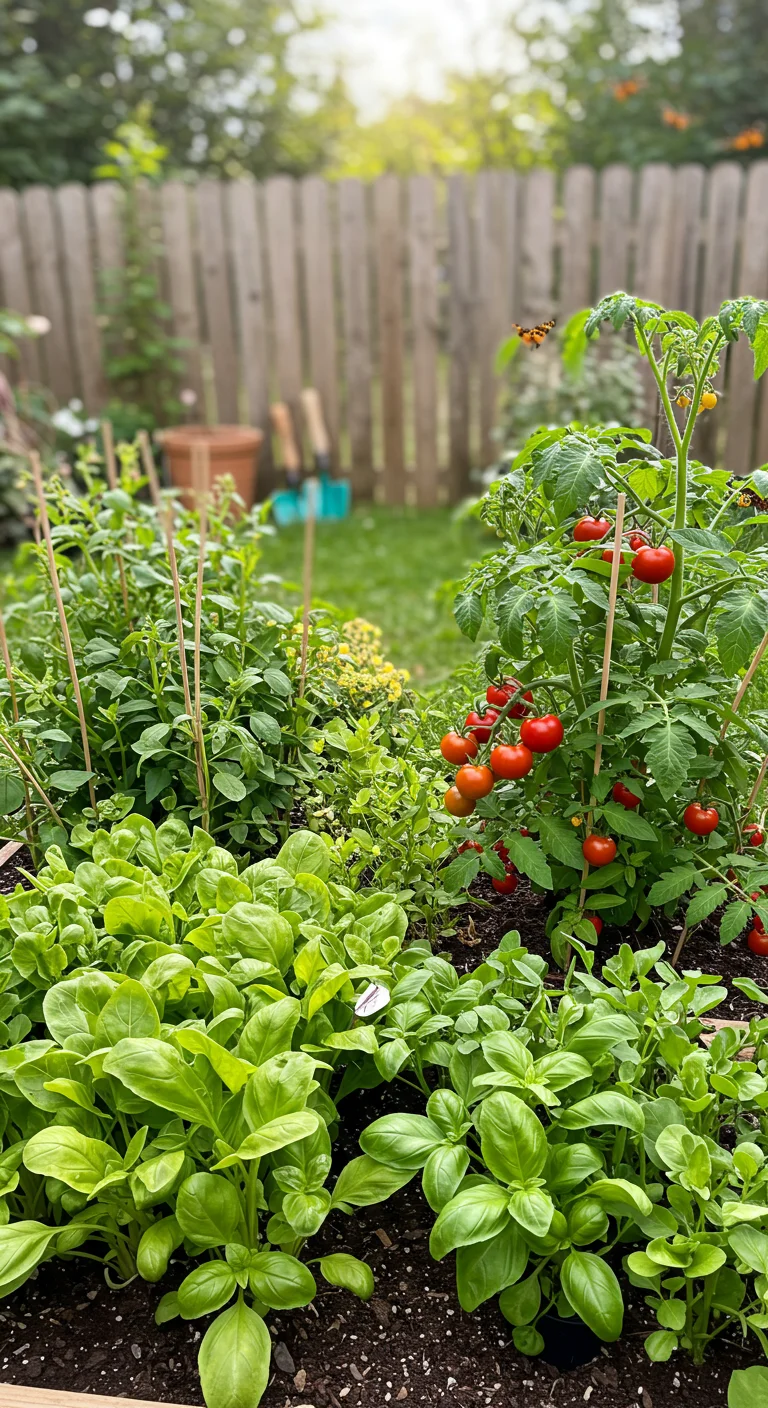
Intercropping, or companion planting, is a strategic gardening technique that enhances productivity by growing compatible plants together. By selecting plants that benefit each other—such as pairing nitrogen-fixing legumes with leafy greens—you can create a diverse ecosystem that promotes growth while minimizing pests. For example, planting tomatoes alongside basil not only improves the flavor of the tomatoes but also helps repel harmful insects. This method utilizes space efficiently, allowing you to maximize yield in a small vegetable garden. Additionally, intercropping can improve soil health and reduce the need for chemical fertilizers, making it an ideal choice for sustainable gardening practices. Embrace this technique to create a thriving, productive garden that supports both your culinary and environmental goals.
10. Window Boxes: Bringing the Garden to Your Home’s Edge
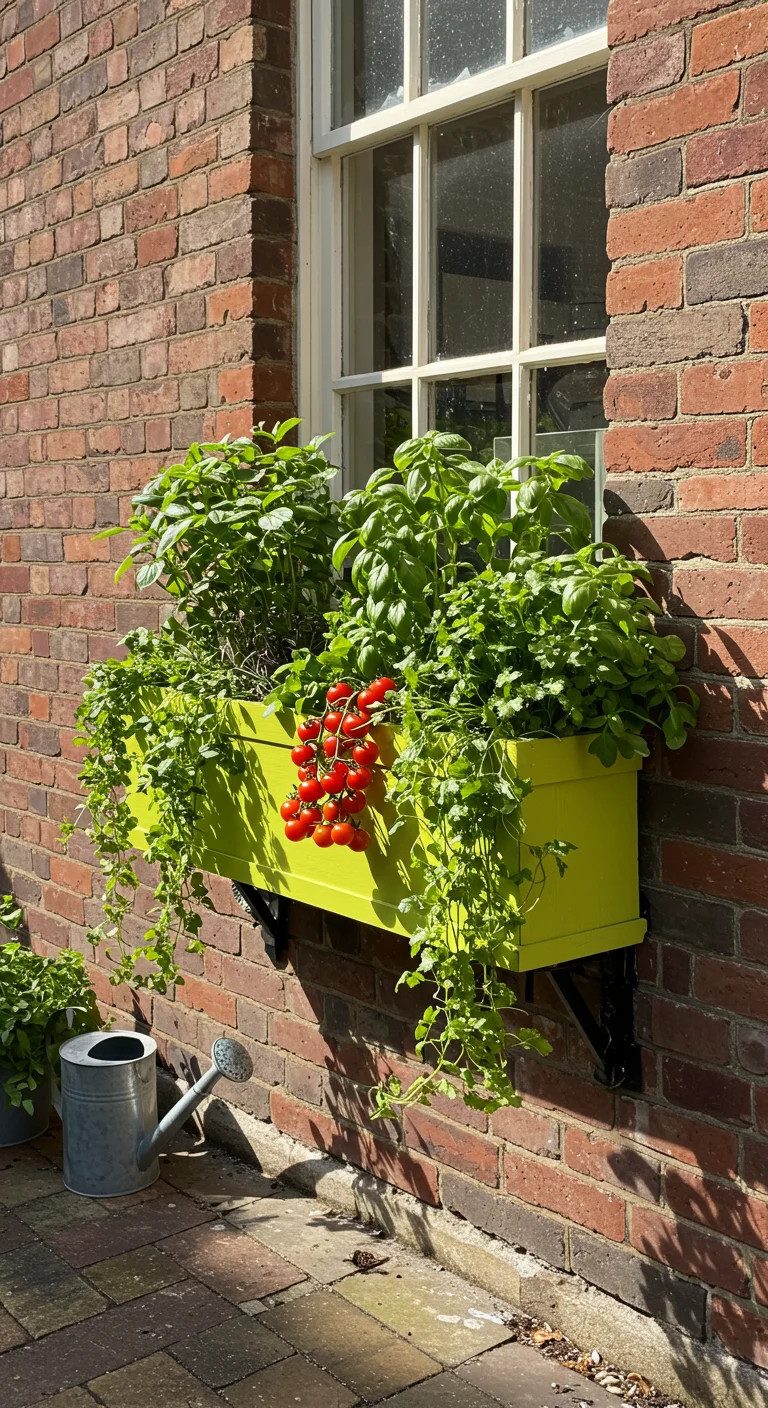
Window boxes are an excellent solution for those looking to add greenery to a limited space. By utilizing these elevated containers, you can cultivate a variety of vegetables right at your window’s edge, maximizing your gardening potential without sacrificing square footage. Choose a mix of herbs like basil and cilantro, along with compact vegetables such as cherry tomatoes or radishes, which thrive in shallow soil. Consider using self-watering systems to reduce maintenance and ensure your plants receive consistent hydration. Additionally, painting your window boxes in vibrant colors can enhance your home’s exterior while complementing your garden. This approach not only beautifies your living space but also provides easy access to fresh produce, making it a practical and aesthetic choice for urban gardeners.
11. Shade Gardens: Thriving Vegetables in Low-Light Areas
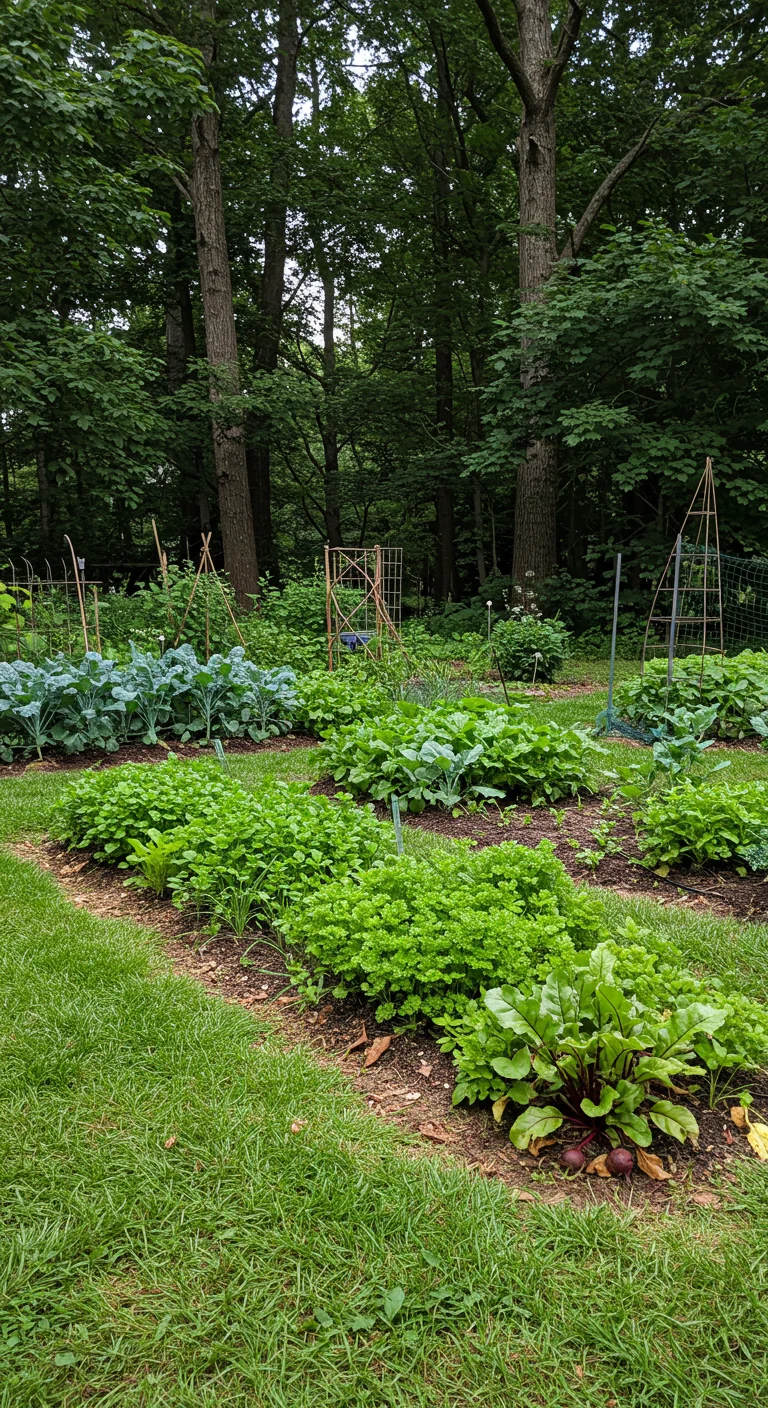
Shade gardens can be a delightful solution for growing vegetables in low-light areas, such as beneath tall trees or on the north side of buildings. To maximize your yield in these conditions, choose shade-tolerant vegetables like leafy greens (spinach, kale, and Swiss chard), root vegetables (beets and carrots), and herbs (parsley and cilantro) that thrive with reduced sunlight. Incorporate rich, well-draining soil and consider vertical gardening methods to utilize space effectively while promoting air circulation. Using companion planting can also enhance growth and pest resistance. With careful planning and attention to the unique microclimate of your garden, you can enjoy a bountiful harvest even in the shadiest corners of your yard.
12. Urban Jungle: Incorporating Vegetables in a City Setting
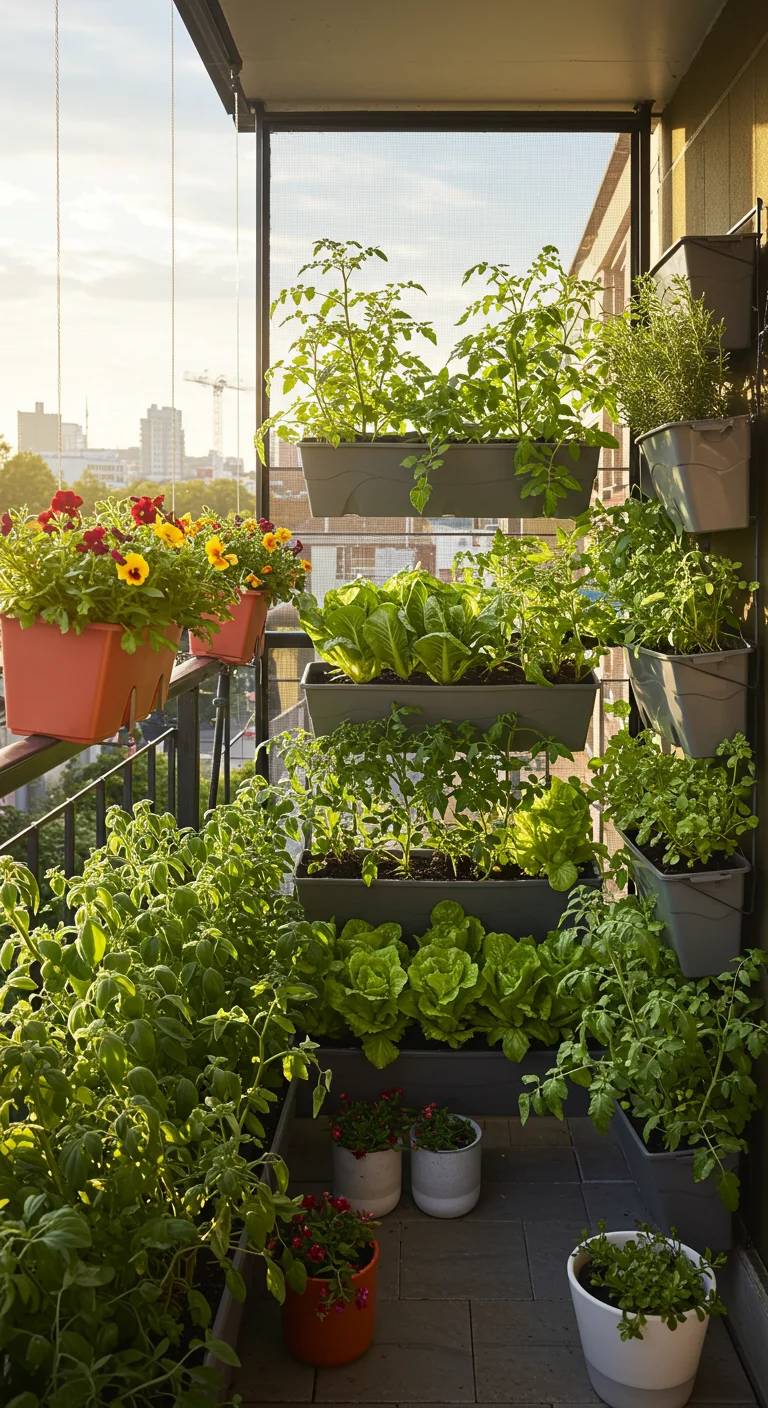
Incorporating vegetables into an urban setting can transform even the smallest of spaces into a thriving green oasis. Start by utilizing vertical gardening techniques, such as wall-mounted planters or trellises, to maximize limited square footage. Consider using containers and raised beds made from repurposed materials, which not only saves space but also adds charm to your urban garden. Select fast-growing and compact vegetable varieties, like cherry tomatoes, lettuce, or radishes, which are perfect for city environments. Additionally, look for sunny spots on balconies or rooftops and ensure proper drainage to maintain healthy plants. By creating an urban jungle filled with fresh produce, you can enhance your living space while promoting sustainability and a connection to nature amidst the concrete landscape.
13. Aquaponics: A Sustainable Twist on Vegetable Gardening
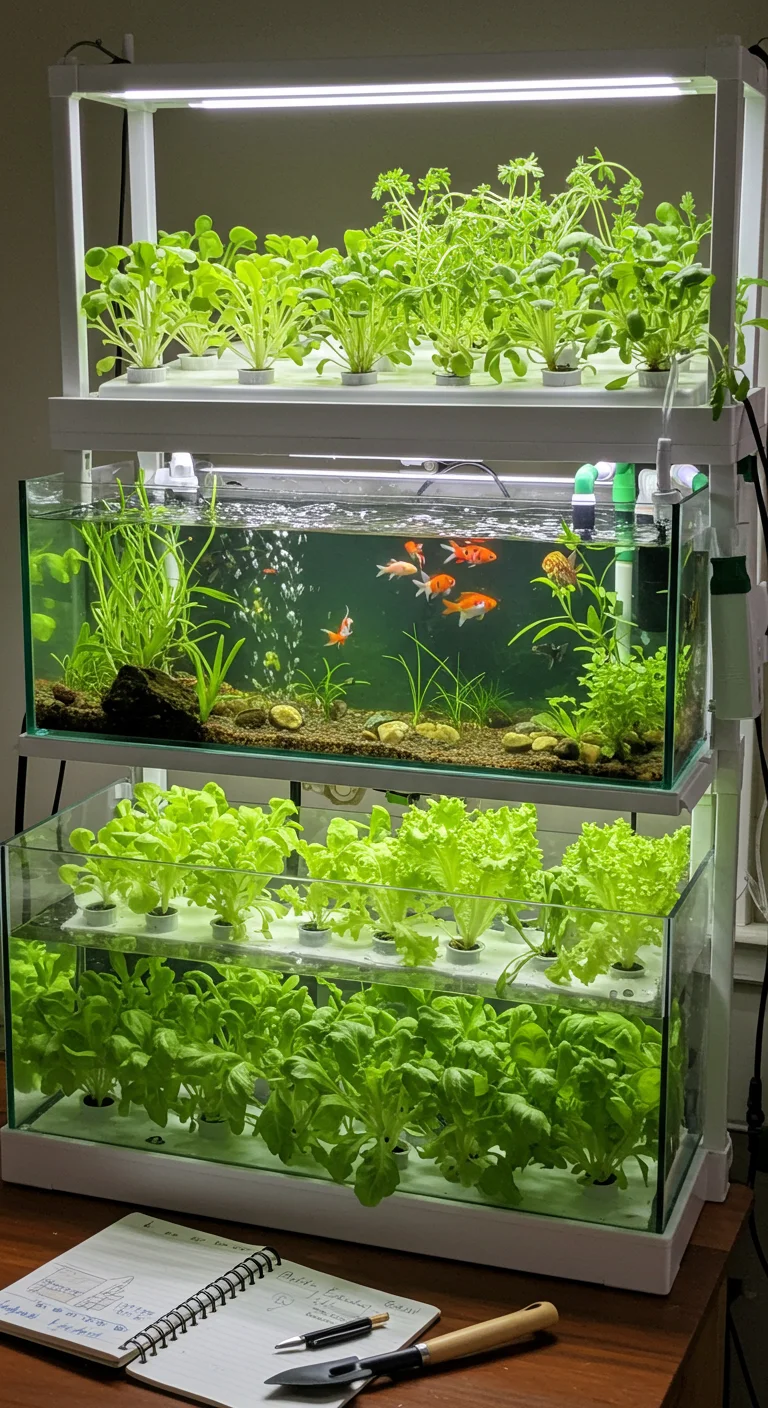
Aquaponics combines aquaculture (raising fish) with hydroponics (growing plants in water) to create a self-sustaining ecosystem that maximizes space and resources. In a small vegetable garden, you can set up a simple aquaponics system using a fish tank and a series of grow beds. Fish waste provides essential nutrients for the plants, while the plants filter and purify the water for the fish, creating a symbiotic relationship. This method not only conserves water but also reduces the need for chemical fertilizers, making it an eco-friendly alternative for urban gardeners. Start with easy-to-grow vegetables like lettuce and herbs, and consider adding fish species that thrive in a home environment, such as tilapia or goldfish, to complete your sustainable garden setup.
14. Community Gardens: Collaborating for a Bountiful Harvest
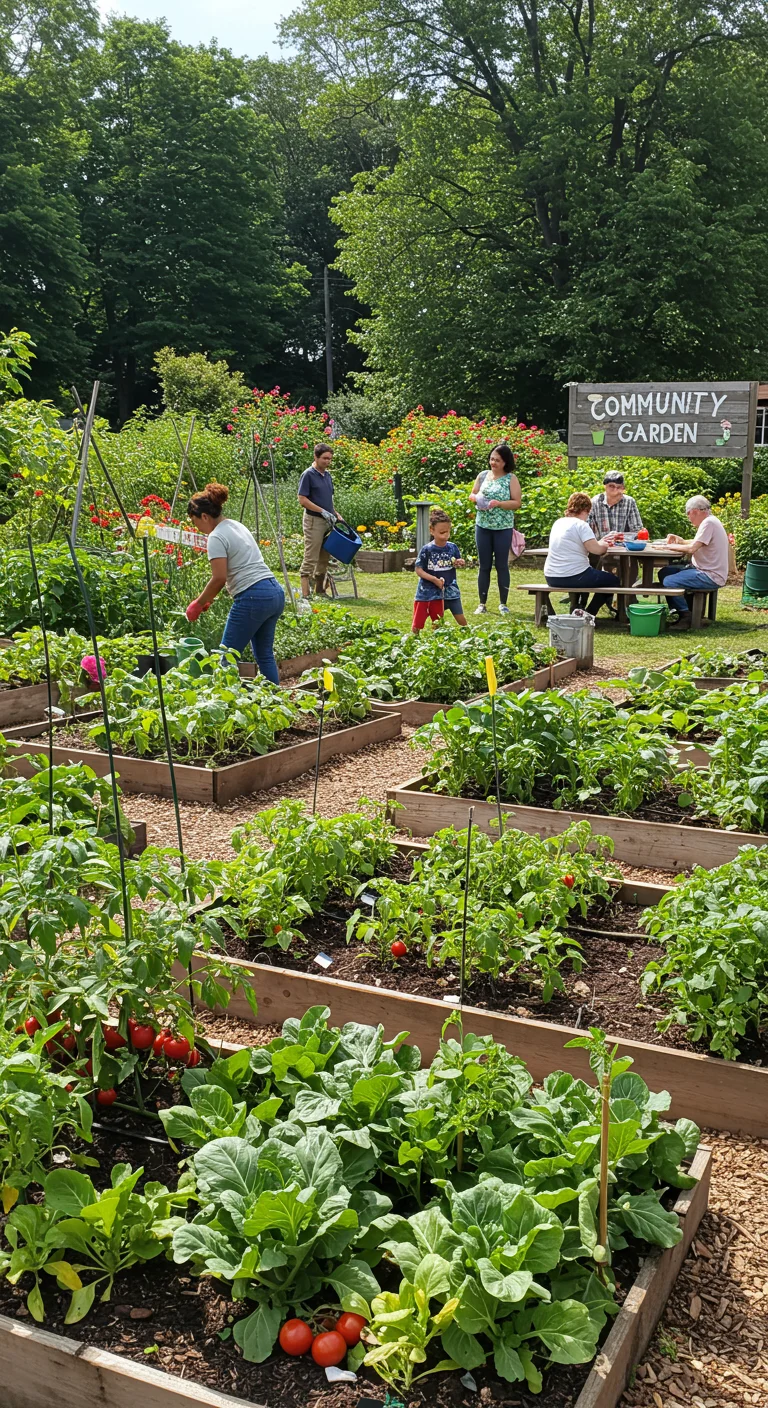
Community gardens are a fantastic way to cultivate not only vegetables but also relationships among neighbors. By collaborating with others in your area, you can share resources, knowledge, and labor, making gardening more enjoyable and productive. Start by organizing a group of interested individuals to discuss the types of vegetables everyone would like to grow and how the workload can be divided. Establish clear guidelines for maintenance, watering schedules, and harvesting times to ensure that all participants contribute fairly. Additionally, consider incorporating educational workshops or potluck events to foster a sense of community. With shared efforts, you can transform a small plot of land into a thriving garden that yields a bountiful harvest, benefiting all members involved and promoting sustainability within the neighborhood.
15. Secret Gardens: Hiding Your Green Oasis in Plain Sight
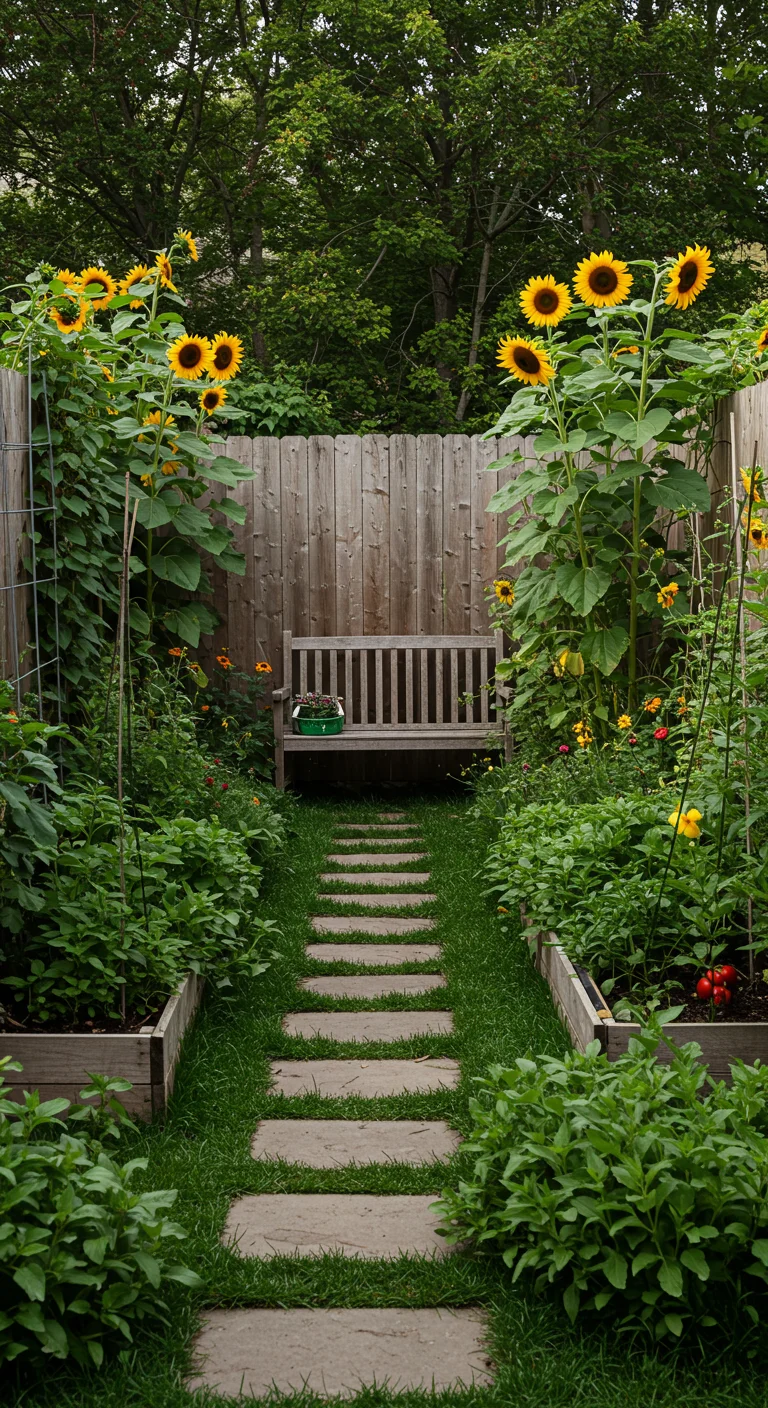
Creating a secret garden can transform an ordinary space into a hidden green oasis, perfect for growing vegetables while maintaining a sense of privacy. Start by selecting a secluded area in your yard, such as a corner or behind a fence, and enhance the space with tall plants or trellises that provide natural screening. Incorporate vertical gardening to maximize space, using wall-mounted planters or hanging pots filled with herbs and greens. Pathways made from stepping stones or mulch can lead to this hidden retreat, inviting exploration. Consider adding decorative elements like a small bench or garden art to create an inviting atmosphere. With thoughtful planning, your secret garden can be a productive haven that surprises and delights, offering fresh produce right at your doorstep without sacrificing aesthetics.
16. Succession Planting: Maximizing Your Harvest All Year Round
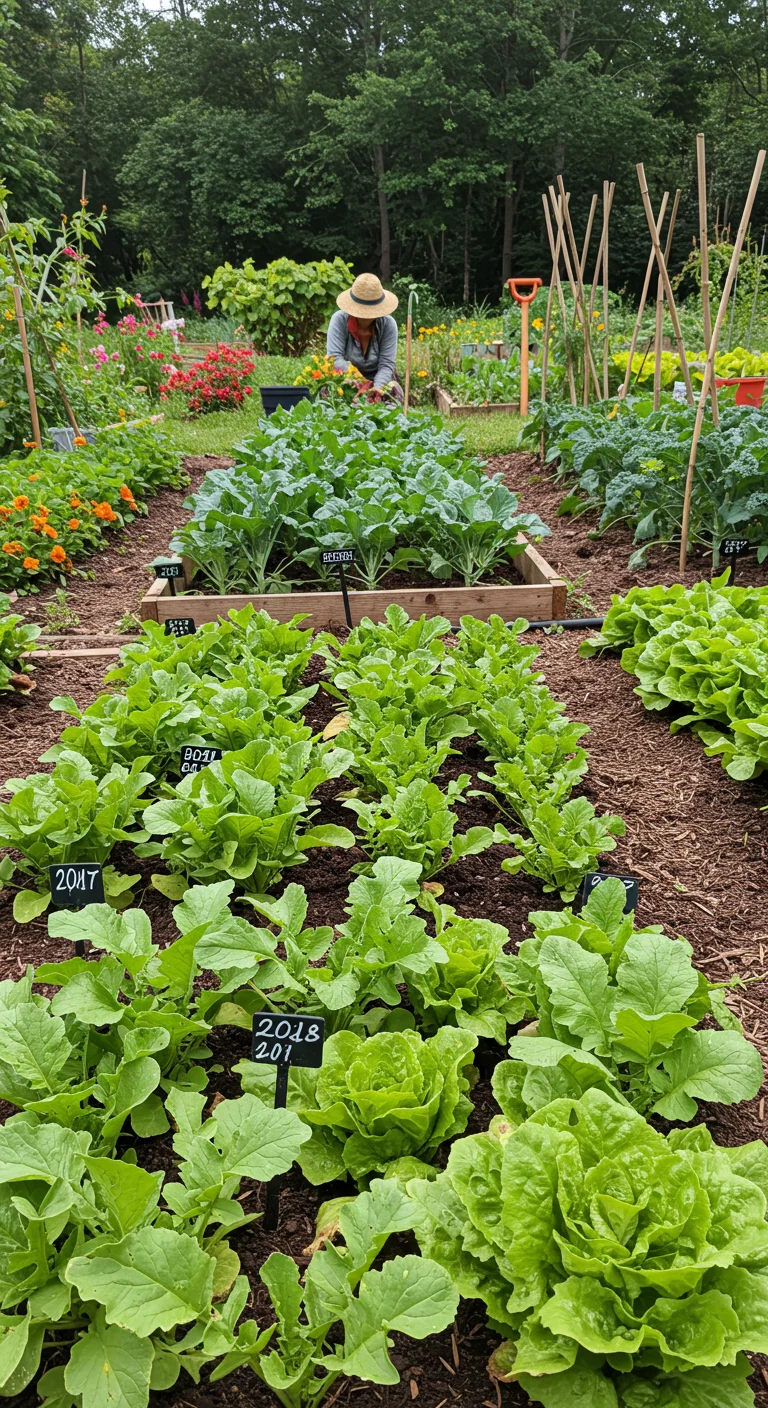
Succession planting is a strategic gardening technique that allows you to maximize your harvest throughout the growing season. By planting crops in a staggered schedule, you can ensure that while one crop is maturing, another is just germinating. For example, after harvesting early spring crops like radishes, you can immediately sow a fast-growing variety like lettuce or spinach in the same plot. This method not only optimizes space but also minimizes fallow periods in your garden. To effectively implement succession planting, consider your local frost dates and choose crops with varying maturation times. This way, you can enjoy a continuous supply of fresh vegetables, prevent waste, and even mitigate pest issues by diversifying your plantings.
17. Colorful Companion Planting: A Feast for the Eyes and Palate
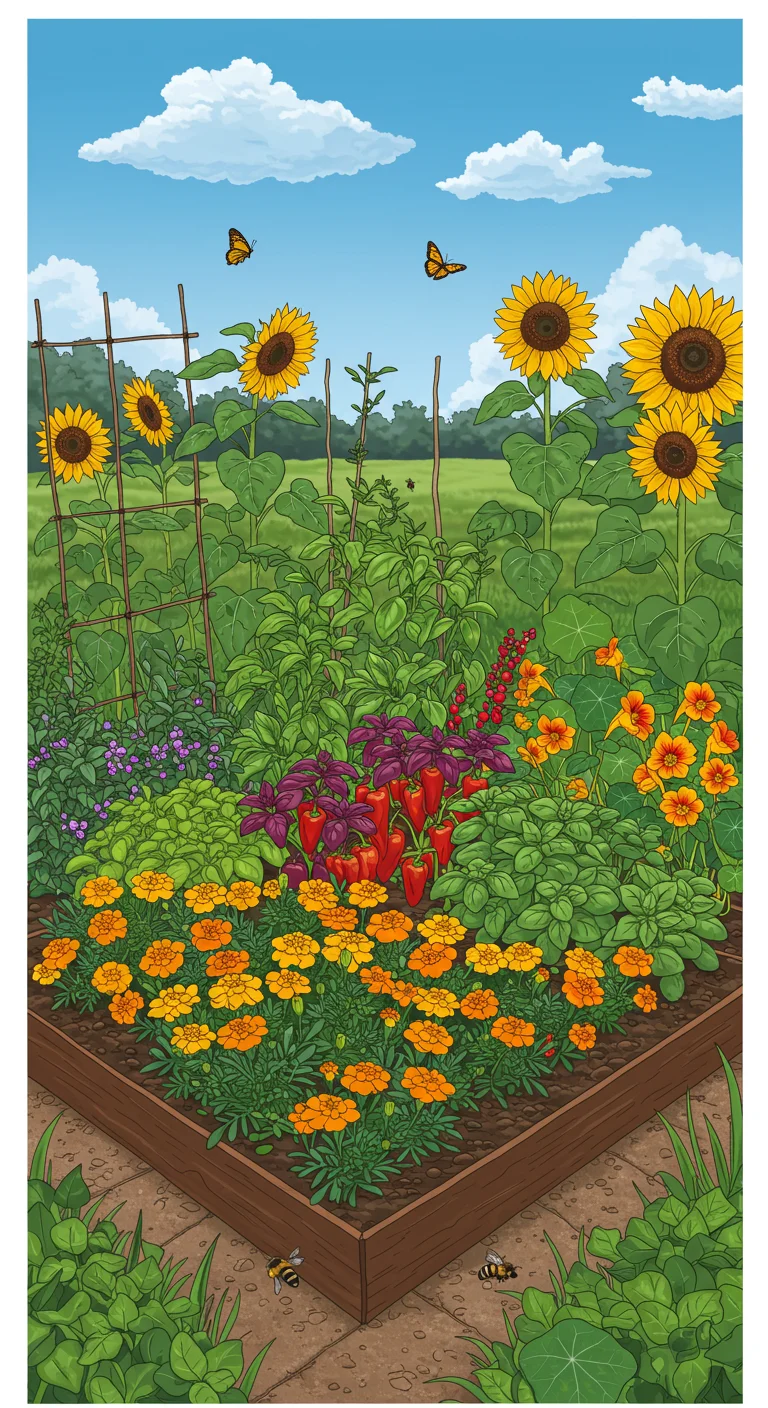
Colorful companion planting not only enhances the visual appeal of your small vegetable garden but also maximizes its productivity. By pairing visually striking plants, like vibrant marigolds with deep green basil or bright red peppers, you create a feast for the eyes while promoting healthy growth. Companion planting helps to deter pests, improve soil health, and boost the flavors of your vegetables. For instance, planting nasturtiums alongside cucumbers not only adds brilliant splashes of color but also attracts beneficial insects that protect your crops. Consider creating a layout that emphasizes color contrasts and plant heights to make your garden both beautiful and functional, ensuring that each plant supports its neighbors while producing a bountiful harvest.
18. DIY Garden Decor: Personalizing Your Vegetable Retreat
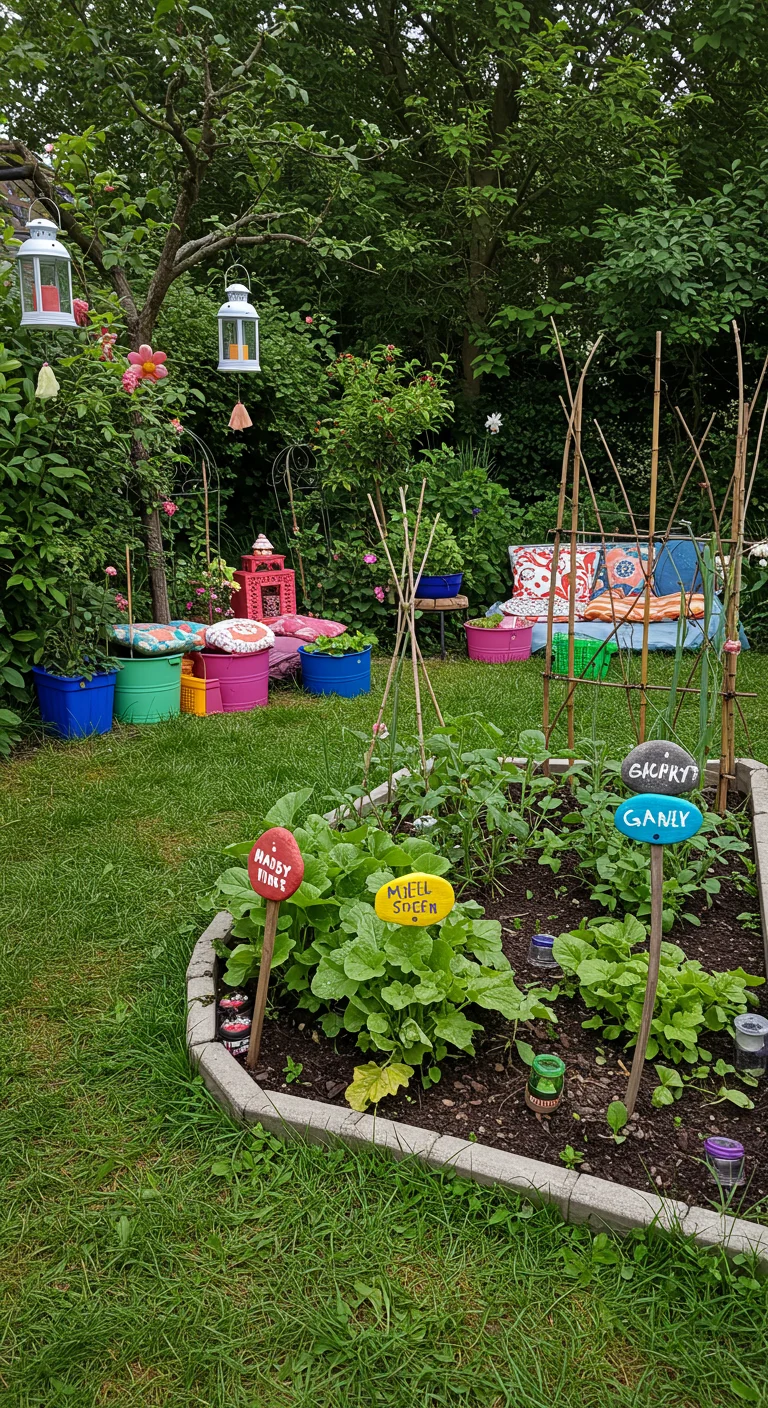
Transforming your vegetable garden into a personalized retreat can be as simple as incorporating DIY decor that reflects your style and enhances the space. Start by creating colorful garden markers using reclaimed wood or stones, painting them with the names of your vegetables. Consider hanging handmade wind chimes or decorative lanterns that add a whimsical touch and provide ambient lighting during evening hours. You can also craft unique trellises from bamboo or repurposed materials, which not only serve a practical purpose for climbing plants but also act as eye-catching art pieces. Lastly, an inviting seating area adorned with cushions and homemade planters can turn your vegetable garden into a cozy escape, allowing you to enjoy the fruits of your labor in a personalized environment.
19. Wildlife-Friendly Gardens: Attracting Beneficial Creatures
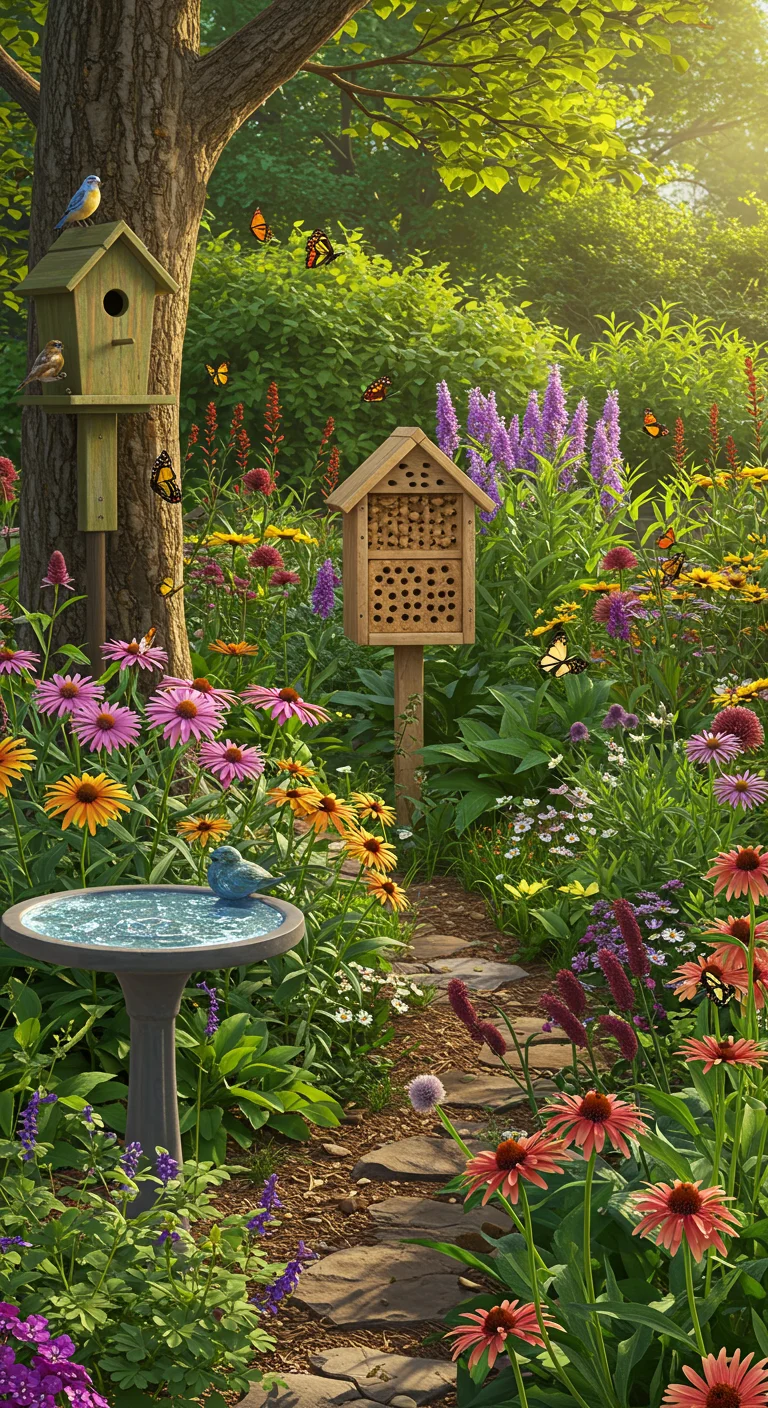
Creating a wildlife-friendly garden is an excellent way to enhance biodiversity while attracting beneficial creatures that can help manage pests naturally. Start by incorporating native plants, as they provide food and habitat for local wildlife, including pollinators like bees and butterflies. Add features such as birdhouses, bee hotels, and water sources like small ponds or birdbaths to encourage visits from birds and beneficial insects. Avoid using chemical pesticides and herbicides, opting instead for organic alternatives to protect these valuable visitors. Incorporating a variety of plant heights and structures can also create diverse habitats, making your garden a thriving ecosystem that supports not only your vegetable growth but also the surrounding wildlife.
20. Minimalist Gardens: Less is More in Vegetable Design

Minimalist gardens emphasize simplicity and functionality, making them ideal for small vegetable designs. By focusing on a limited selection of vegetables, such as tomatoes, peppers, and herbs, you can create a clean, uncluttered space that maximizes yield without overwhelming the senses. Using raised beds or vertical gardening techniques can help define the garden’s structure while allowing for easy maintenance and access. Incorporating natural materials like wood or stone for pathways and borders can enhance the aesthetic appeal while maintaining a rustic feel. Additionally, leaving negative space between plants can create a more visually pleasing environment, encouraging relaxation and mindfulness as you tend to your garden. This approach not only makes gardening more manageable but also invites a serene connection with nature.

